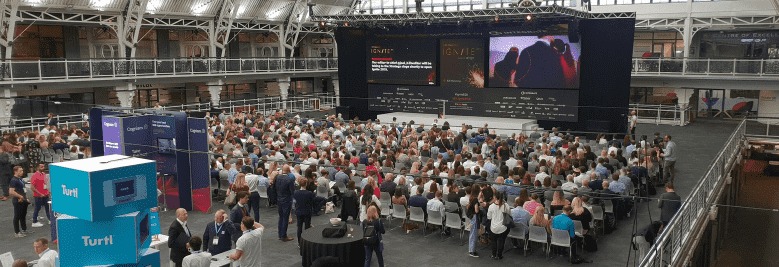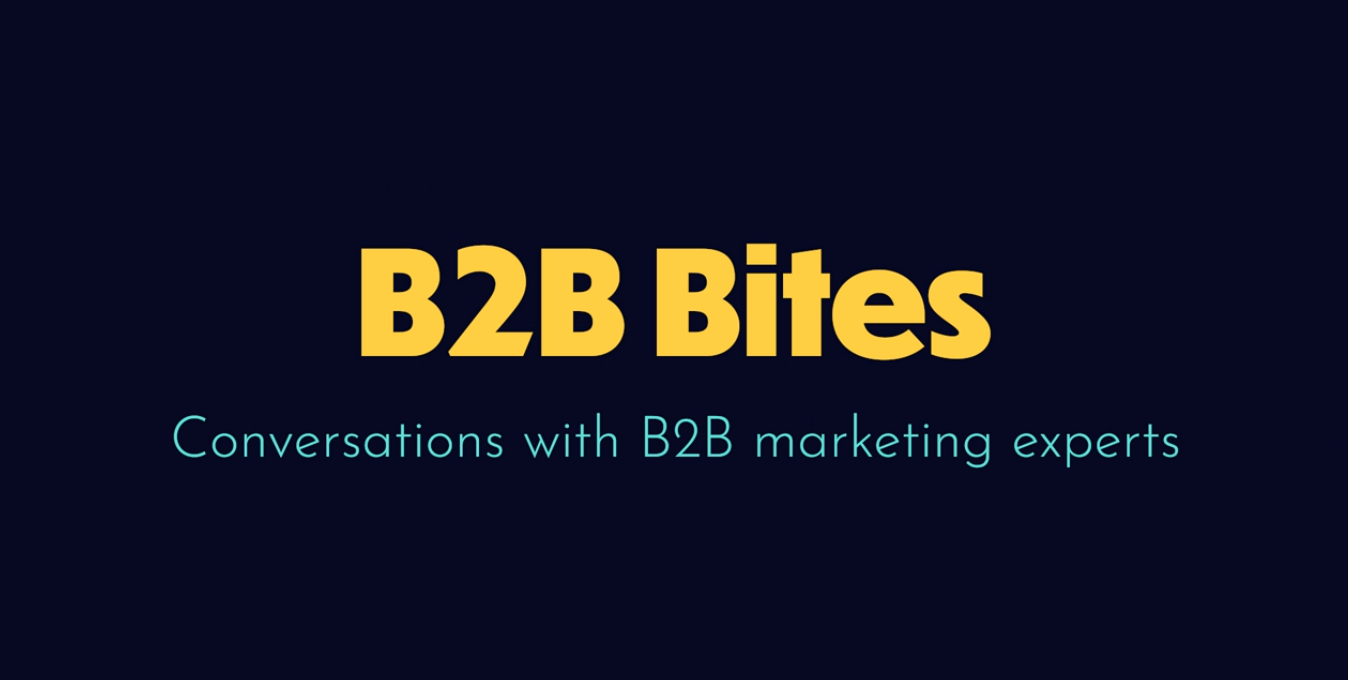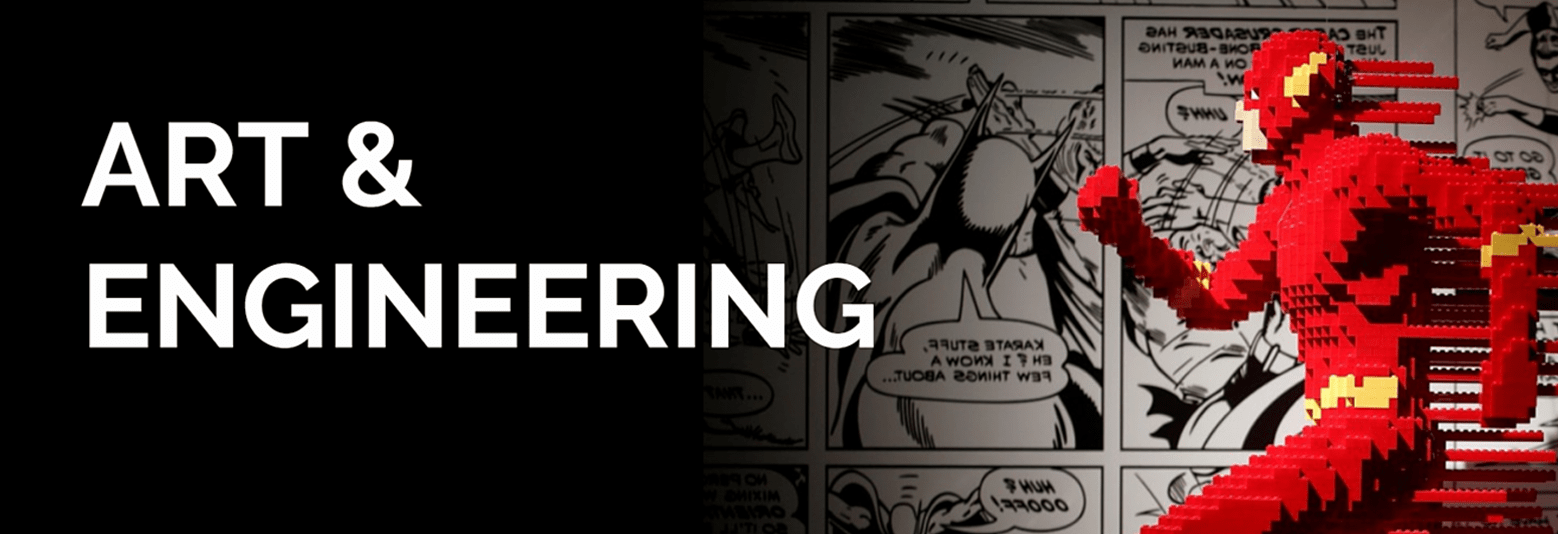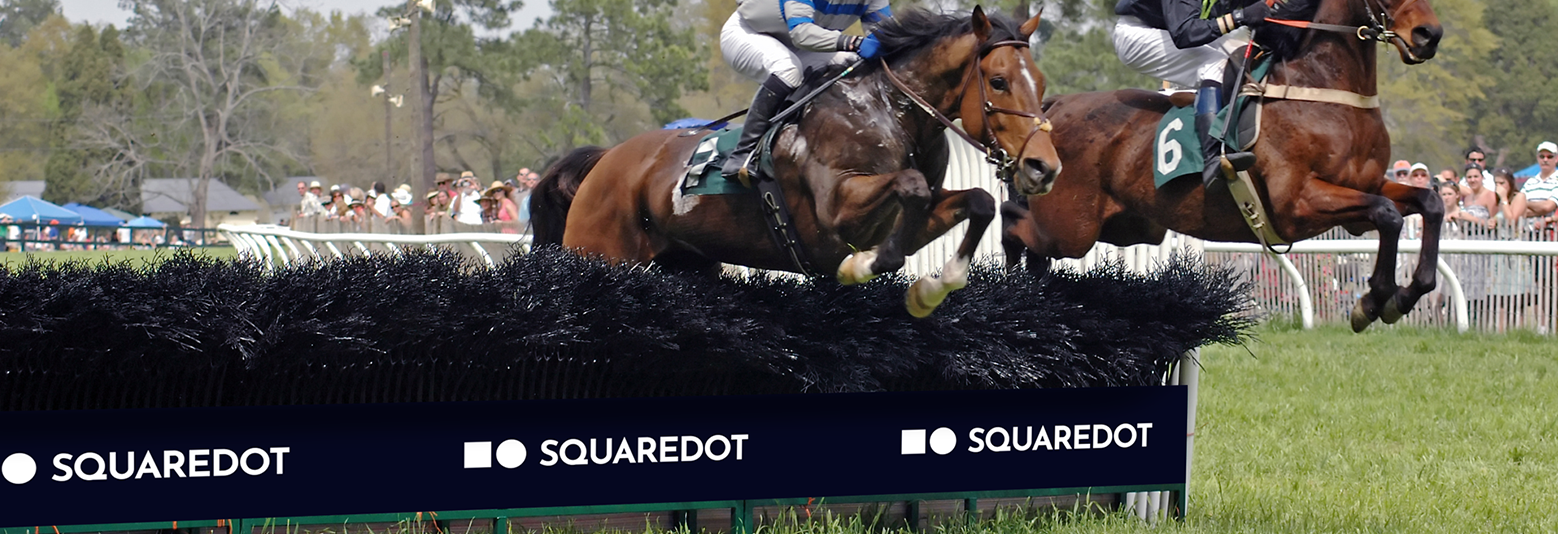I attended B2B Ignite in London (“the world biggest B2B marketing learning and networking event” - their words) and there is a definite shift towards creativity, storytelling and being brave in B2B marketing. Well, that's what the experts are saying, whether we as marketers do it or not is up to us.
There is certainly an element of the Baader–Meinhof effect at work here (also known as frequency illusion), where the illusion in which a word, a name, or something else that has recently come to one's attention suddenly seems to appear with improbable frequency shortly afterwards at work here. As this is something we have believed for some time.
Opening Keynote: Rory Sutherland
As always, Sutherland, the Mick Jagger of advertising and marketing, was both enlightening and entertaining. His message was that our continuous attempts to quantify marketing devalues it.
The business world is over indexed by rational people like accountants, engineers and dreaded procurement, and there is a fear of blame running through organisations which leads to our desire to rationalise our actions or decisions, avoiding blame at all costs. It was the reason for the success of the campaign, “Nobody ever got fired for buying IBM.”
He started his talk by asking a very entertaining question about why teenagers always want to go out on a Saturday night - because something might happen, they might get lucky. Which definitely won't happen if they stay at home. His point as it relates to marketing was that luck has a lot to do with success in business and in marketing.
He said 'we are trapped in an obsession to do quantifiable advertising'. The culture and behaviour in the business world today is about blame avoidance and as a consequence sucks the creativity out of our marketing.
During his talk, he told a story of how bees behave in the same way in the hive. But over time about 20% of them go rogue and behave differently.
He finished by giving a clear message to us all to give some of your marketing budget to some rogue bees.
It got me thinking of the over-used Gary Player quote, ‘the harder I practice the luckier I get’. Practice in marketing is doing more campaigns, testing what works, and by doing more of them you increase your chances of getting lucky and getting famous along the way.
‘There are very few downsides to being famous’ he said, and certainly none to being a famous company. Here are some of the upsides:
- If your CEO or even a sales person calls for a meeting, chances are they will grant you one
- It will be easier to hire people
- Chances are people will work for less for a famous company than a not so famous one
- When you’re famous people come and tell you things that they otherwise may not
Nick Mason - Turtl
I had the pleasure to listen to and speak directly to Nick Mason the founder of Turtl, a product that certainly looks to be pushing the boundaries of content production. Turtl deliver beautiful content experiences optimised for the reading brain and improve ROI. The best way to explain it is that it’s like Flipboard for businesses, so you can create a completely immersive magazine-style article and embed survey questions, videos and of course images. We have been crying out for a product like this for some time and have no doubt Turtl will change the landscape of content production.
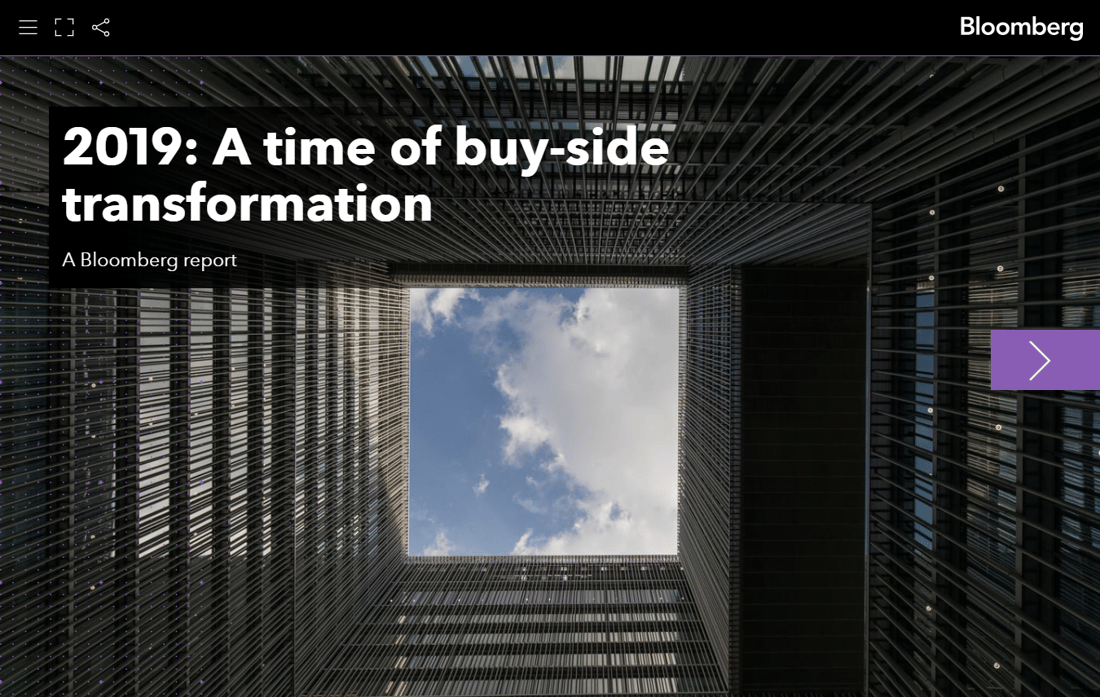
Paul Cash of Rooster Punk
I hadn’t heard of Paul until yesterday and boy was I glad I watched his talk. The room was full to the brim with B2B marketers hanging on to his every word.
The Badder Meinhoff effect was at play again. Paul gave a fantastic presentation where he spoke about the importance of storytelling in B2B and that ‘the big idea’ is back.
His message was that we need to compliment product narrative with an emotional one and that employees and customers can’t be part of.
Paul had example of an emotional brand video his own agency did that got the following numbers from an organic post on LinkedIn:
- 15,000 views
- 278 reactions
- 66 reshares
- 98 comments
- 8 meetings
This is a great example of a business using emotion to appeal to their ideal buyer while generating hard numbers at the same time.
Closing Keynote - Doug Kessler
If Rory Sutherland is the Mick Jagger of Marketing, Doug is David Bowie.
Doug’s presentation was on stakeholder engagement, aptly titled ‘A Stakeholder Through the Heart’ and was delivered with his inimitable humour and style.
Doug opened his presentation with examples of 3 great B2B campaigns, he listed:
However he followed this up with a question as to why he was still referencing the Volvo truck campaign so long after it had been made. Why are there no other great B2B marketing campaigns being made?
He had a number of hard-hitting messages for us marketers, if 80% - 90% of marketers are talented, why is 80% - 90% of marketing sh1t. This wasn’t a rant, in fact, it was backed up by some well researched examples like ‘8 trends on the future of work’ and other listicles lazily crafted by marketers.
Similar to Rory before him who asked us to be rogue bees, he hypothesised that we are afraid of the flop. ‘We don’t even go for it anymore’ he said, ‘we’re giving up before we get to the fight’, which was certainly a hard-hitting message.
There is a reason for this though which Doug explained very well - it’s the number of stakeholders that get their hands on our great idea and dilute its impact.
These stakeholders, similar to what was mentioned in Rory’s talk, are rational. They have rules to adhere to and are afraid of being part of the approval committee that gave the nod for that campaign. From head of product to the brand police and the dreaded lawyer, in the end your great idea is a shadow of its former self (and you have probably lost the will to live along the way!). We see this all the time as an agency, everyone has an opinion on marketing, the old adage that a camel is a horse designed by a committee rung true.
We as marketers need to get the stakeholders aligned and it’s our job. We need to make them want the right things, and the way to do this is:
- Get direct access to your stakeholders and meet them on a 121 basis
- Use stakeholders as your resources
- Remember, stakeholders are not the audience, your customer is
- Don’t internalise the stakeholders opinions
You can see a full immersive version of his advice on this blog here.

